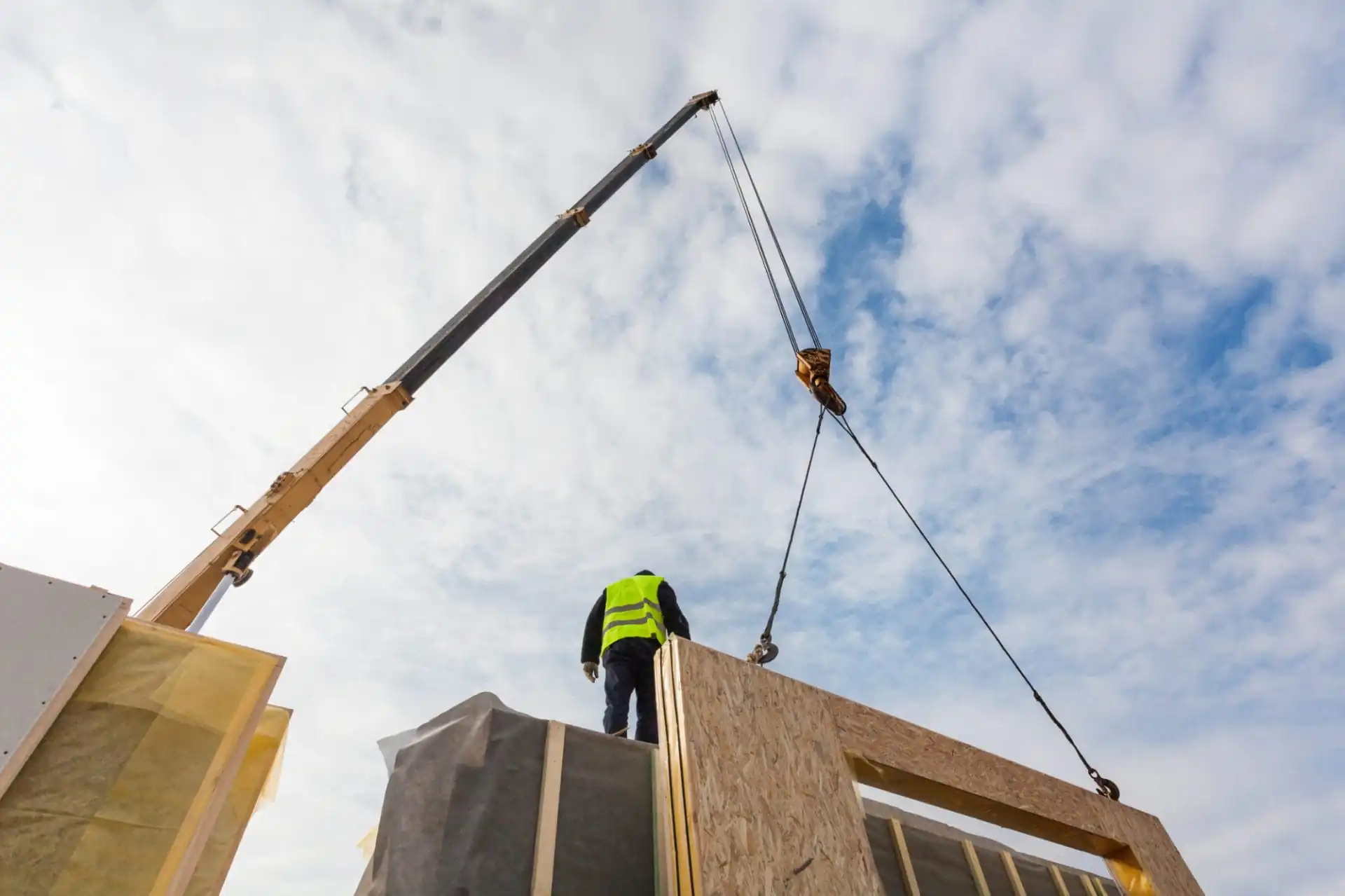
Partner
Head of Energy & Infrastructure | Projects, Infrastructure & Construction | Real Estate
This website will offer limited functionality in this browser. We only support the recent versions of major browsers like Chrome, Firefox, Safari, and Edge.


On 11 June 2025, Chancellor Rachel Reeves set out plans for the foreseeable future in the Government's Spending Review. Some of the 'winners' include housebuilders, the nuclear sector, and defence.
For those in the housing sector, we expect news of the increased commitments to investment and spending will be well received. Some, however, may simply want to see the backlog in Gateway 2 approvals by the Building Safety Regulator being cleared which we understand are delaying projects up and down the country.
To recap, Gateway 2 of the building control regime is the approval application stage for higher-risk buildings ("HRB"). It acts as a stop/go checkpoint between the design and construction phases (i.e., Gateway 2 approval is required before on-site construction works can commence).
The target period to review applications has been 8 weeks for existing HRB, and 12 weeks for new HRB. However, in practice we are seeing significant delays, with reports suggesting the process is taking as long as 25-40 weeks.
Such extensive delays will no doubt have an effect on productivity and GDP output and whilst a £39bn capital injection is good news, the full economic benefit of this capital investment will not be truly felt until waiting and approval times are reduced.
It's also worth noting that if these delays spill over to the stage 3 Gateway (that is where building control sign-off is required before completion/occupation) then the effects for contractors could be felt even more acutely with any number of untold consequences. Indeed, depending on the exact terms of the construction contract, a 25-40 week wait time to receive final sign-off/approval from the Building Safety Regulator could expose contractors to significant liquidated damages as well as unplanned and extended periods where they are required to insure the works.
Overall, the commitments to spending and investment are encouraging and will likely lead to thousands of new jobs, will hopefully support the construction market skills shortage, and hopefully provide a welcome injection of economic growth. However, to make the most of this commitment we expect the current issues being experienced with building safety delays will need swift resolution.
At Foot Anstey, we advise on all aspects of Construction and Energy Projects. If you would like to discuss your current or future projects with the team, please do not hesitate to get in touch.